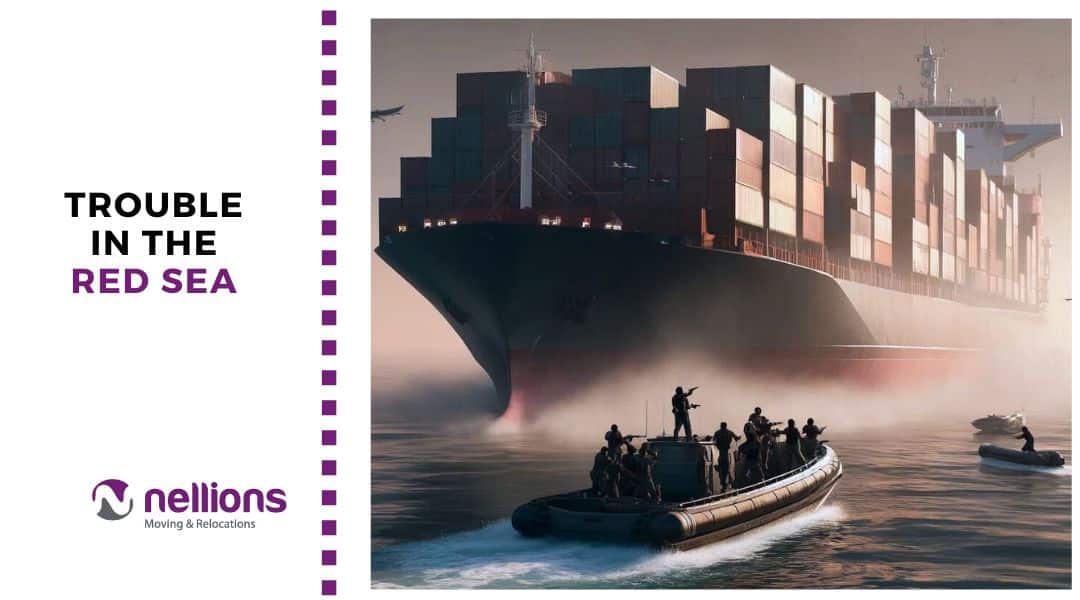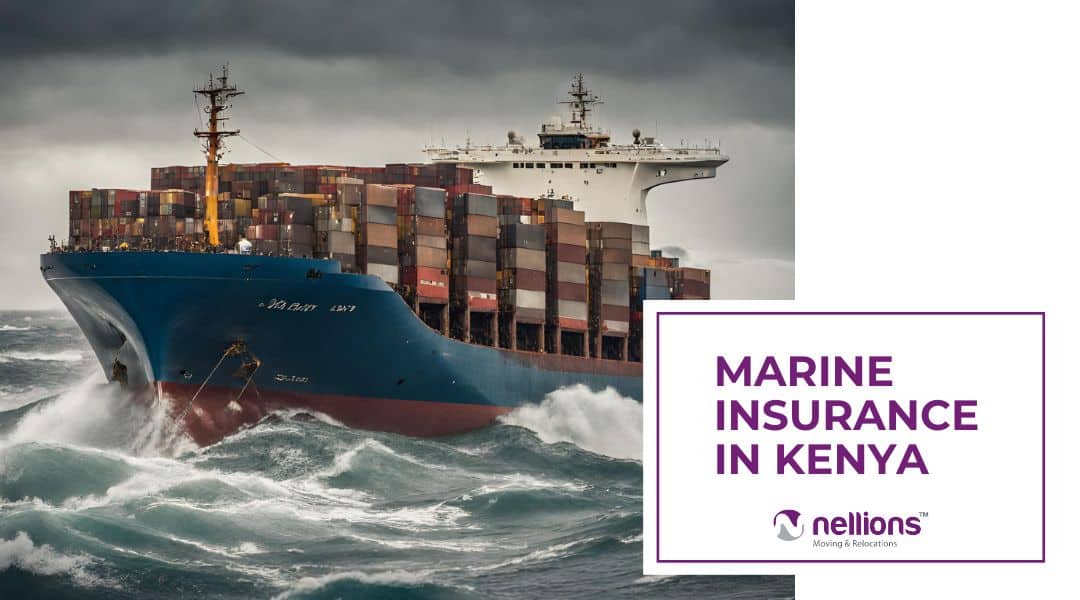Wedged between the African continent and the Middle East, the Red Sea has served as a crucial waterway for international trade for the longest time. It connects the Indian Ocean, the Mediterranean, and the Suez Canal, providing an easy route for the movement of goods between Africa, Europe, and Asia.
But for a route that facilitates 12% of global trade and about 30% of global container traffic, vessels passing through the waterway have experienced frequent attacks from the Houthi group, an Iran-backed rebel movement, as retaliation for the Israel-Gaza war.
The attacks began in November 2023 when the rebel group hijacked the Galaxy Leader cargo vessel. Since then, more than 33 vessels passing through the waterway have been attacked. The most vulnerable have been shipping vessels passing through the 30km wide Bab-el-Mandeb strait. The Houthis claim that these vessels are linked to Israel and are demanding that the Israeli government stop its war with Gaza to pave the way for humanitarian aid.
The escalating violence has disrupted the flow of trade and commerce between Asia, Europe and Africa, affecting billions of dollars of goods and supplies that pass through the corridor every year. It has forced many shipping companies to avoid the area altogether, opting for longer and more costly routes around the continent of Africa instead of heading up the Red Sea and through the Suez Canal.
Maersk, the world’s largest container shipping company, for example, announced in January that it would reroute all its shipping vessels from Asia to Europe and the Mediterranean through the Cape of Good Hope, adding an extra 10 days and $300,000 to $400,000 of fuel costs per voyage. Other major shipping groups, such as MSC, CMA CGM, Hapag-Lloyd, and Evergreen, have followed suit, citing safety concerns.
As a result, the volume of cargo transported through the route has declined from 500,000 containers per day to 200,000. This has seen the decline of global trade by 1.3%, posing a significant threat to shipping lines using the Red Sea and the Suez Canal.
The United Nations Conference on Trade and Development (UNCTAD) notes that transits through the Suez Canal dropped by 42% compared to its peak. Similarly, container transits have dropped by 67% due to the decision by these major players in the shipping industry to temporarily suspend transits through the route.
While transit through the Cape of Good Hope avoids conflict, it adds about 3,500 nautical miles to the transit times and introduces 1-3 weeks delays compared to standard duration. For economies such as East Africa, which rely heavily on the Red Sea for trade, the route spells slower delivery times and operational costs, which is a great hindrance to a seamless supply chain.
East Africa has mostly relied on the route for exports such as tea, coffee, and horticultural products; and imports including medical equipment and supplies, machinery, transportation equipment, petroleum products, iron, and steel. The Red Sea route provided the shortest distance to Europe and Asia, which typically translated to reduced operational costs and delivery times.
Moving companies in the region, such as Nellions Moving and Relocations, which usually relied on this route, now face a significant challenge in maintaining efficient supply chains to provide seamless services to their clients. The crisis has led to an immediate contraction in market capacity and a surge in shipping rates. They now face higher transportation costs due to longer routes and increased demand for alternative shipping options, which directly impacts their bottom line and overall competitiveness.
Shipping rates for the Asia-Mediterranean route, for instance, have significantly increased, reaching 115%, according to January 10 data from Freightos. On top of that, shipping companies impose a route change surcharge To compensate for the longer journey. Clients shipping goods from East Africa to Europe or America now bear an additional financial burden. For a 20-foot container, this surcharge ranges from $1250 to $1500, while a 40-foot container incurs $1500 to $2500.
Even those still using the Red Sea now have to contend with a variety of insurance risks. For example, when the Red Sea was designated as a listed area by the Joint War Committee of Lloyd’s and London market marine insurers, it allowed (but not required) insurance providers to increase premiums for vessels plying the Red Sea.
Between October and December 2023, insurance rates peaked at a high of 0.7% of hull value. Since then, war risks premiums have similarly risen further hitting 1% of an insured vessel’s value for a shipping lines going through the Red Sea. What this means is that for a shipping vessel with a total insurable value of $120 million (excluding cargo), the figure translates to over $1.2 million in additional insurance costs for every trip across the Red Sea.
Despite these complexities, however, there is a sense of cautious optimism for the future. While the conflict has presented significant challenges, it has also highlighted opportunities for innovation and resilience in the face of adversity. Although the above challenges clearly indicate the direct consequence of the geopolitical tensions in the shipping and the moving and relocations industry, which hints at larger implications for global supply chains, the shipping industry’s agility, adaptability, and international cooperation will be crucial in navigating the complexities of this crisis and reducing its impact on the global economy.
Companies must now carefully assess the risks associated with using the Red Sea route and the Cape of Good Hope. They must review their insurance risk management policies, assess vulnerabilities, and explore contingency plans. While some may opt for more expensive but safer alternatives, others may delay or reconsider their plans altogether.
Nonetheless, this uncertainty still affects operational strategies, but a nuanced understanding of the specific challenges each business faces is essential, especially in regard to transit time and expenses, integral to inventory control and total supply chain costs. Pinpointing which shipments of goods are more vulnerable to delays or extra charges from rerouting is critical to devising solutions that minimise impact.









